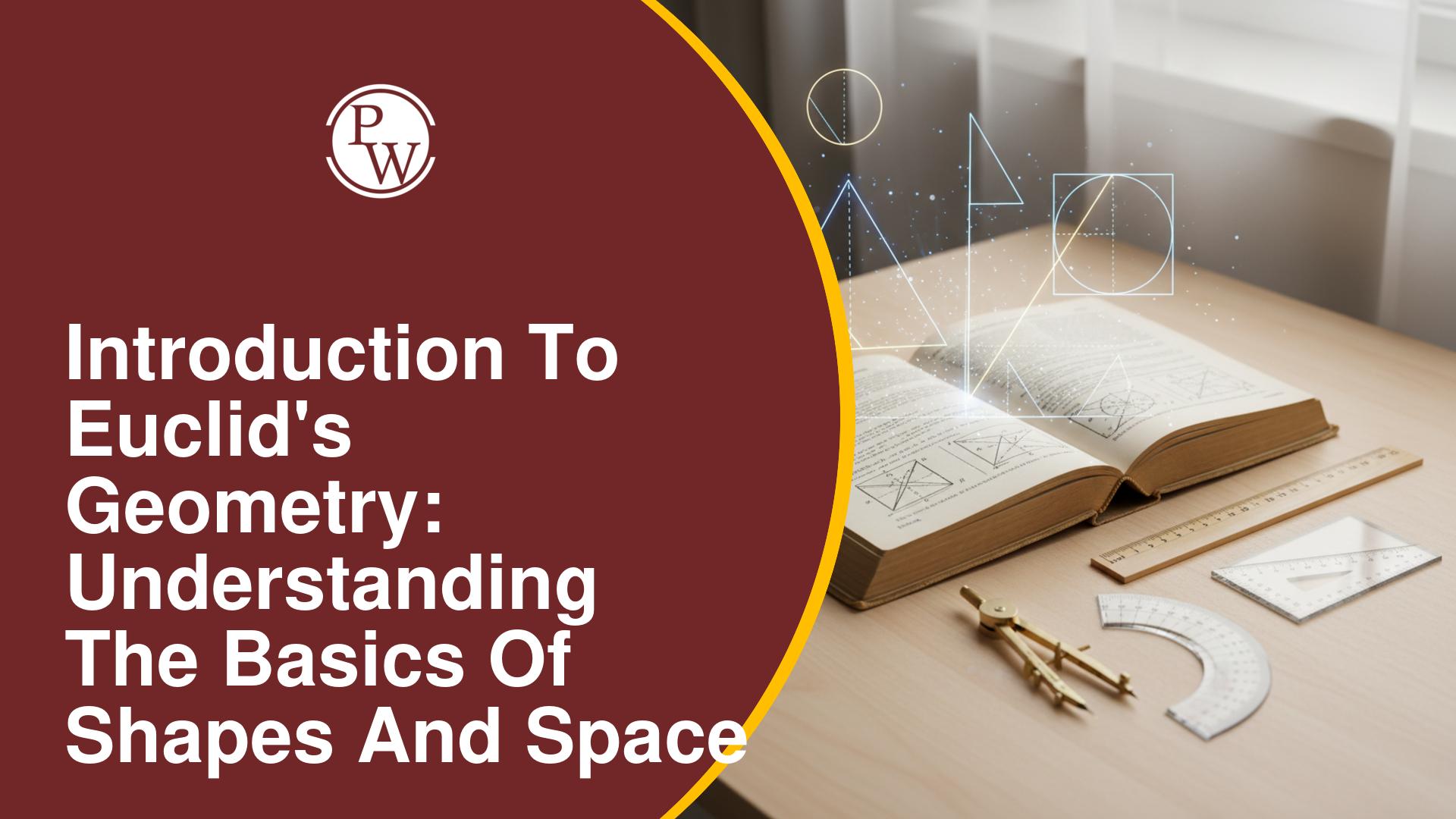
Bulk Modulus Formula: The bulk modulus characterizes a material by expressing the ratio of volumetric stress to volumetric strain. In simpler terms, it is a numerical constant used to quantify and explain the elastic properties of a solid or fluid subjected to pressure. In this article, we will explore the bulk modulus formula and provide examples, shedding light on this property.
Bulk Modulus Definition
The bulk modulus, also referred to as the volume strain modulus, quantifies the change in relative volume of a material when subjected to uniform compressive or tensile stress. It is defined as the difference in volume divided by the original volume. The bulk modulus, denoted by 'K' or 'B', is measured in pascals and provides insights into how an object responds when uniformly compressed or expanded from all directions.
Bulk Modulus Formula
The formula for bulk modulus is expressed as:
K= ΔP×V /ΔV

Where, K = Bulk modulus (in Pascals) V = Actual volume of the object (in cubic meters) ΔP = Change in pressure (in Pascals) ΔV = Change in volume (in cubic meters)
Note: The dimensions of bulk modulus are L −1 M 1 T −2 .
Derivation of Bulk Modulus Formula
According to Hooke’s Law, stress is directly proportional to strain. In the case of hydraulic stress, it is directly proportional to volume strain. Hydraulic stress ∝ Volume strain Hydraulic stress∝Volume strain Expressing this relationship, hydraulic stress ( p) is equal to the product of the bulk modulus of elasticity ( B) and the volume strain.
p=B× V ΔV
Solving for the bulk modulus ( B):
B= ΔP×V / ΔV
Where: B = Bulk modulus of elasticity, p = Hydraulic stress, ΔP = Change in pressure, \V = Actual volume of the object, ΔV = Change in volume.
Bulk Modulus Formula Solved Examples
Example 1: A gas undergoes compression, reducing its volume from 0.05 m 3 to 0.03 m 3 under a pressure increase from 100 kPa to 150 kPa. Calculate the bulk modulus of elasticity.
Solution: Given: ΔP = 150 - 100 = 50 kPa, ΔV = 0.03 - 0.05 = -0.02 m 3 , V = 0.05 m 3 Using the formula K= ΔP×V / ΔV , K= 50×0.05 / −0.02 K=−125kPaExample 2: If the bulk modulus of a material is 5000 N/cm 2 and the pressure increases from 120 N/cm2 to 180 N/cm 2 , calculate the change in volume if the initial volume is 0.02 m3.
Solution: Given: ΔP = 180 - 120 = 60 N/cm 2 , K=5000N/cm 2 , V=0.02m 3 Using the formula ΔV= ΔP×V /K , ΔV= 60×0.02 /5000 ΔV=0.00024m 3Example 3: A solid is subjected to a pressure change from 80 N/cm 2 to 120 N/cm 2 , resulting in a volume decrease from 0.1 m 3 to 0.08 m 3 . Calculate the bulk modulus.
Solution: Given: ΔP = 120 - 80 = 40 N/cm 2 , ΔV = 0.08 - 0.1 = -0.02 m 3 , V=0.1m 3 Using the formula K= ΔP×V / ΔV , K= 40×0.1 / −0.02 K=−200N/cm 2Example 4: A cylindrical container with an initial volume of 0.02 m³ contains a gas at 150 kPa pressure. The pressure is then increased to 200 kPa, causing the volume to decrease to 0.018 m³. Calculate the bulk modulus of elasticity for the gas.
Solution: Given: Initial pressure ( P 1 ) = 150 kPa, Final pressure ( P 2 ) = 200 kPa, Initial volume ( V 1 ) = 0.02 m³, Final volume ( V 2 ) = 0.018 m³ Change in pressure ( ΔP) = P 2 −P 1 = 200 - 150 = 50 kPa Change in volume ( ΔV) = V 2 −V 1 = 0.018 - 0.02 = -0.002 m³ (negative because volume decreases) Using the formula K= ΔP×V /ΔV , K= 50×0.02 / −0.002 K=−500kPa Therefore, the bulk modulus of elasticity for the gas is −500kPa. The negative sign indicates that the volume decreases in response to an increase in pressure. These examples illustrate how to apply the bulk modulus formula to solve problems related to changes in pressure and volume for different materials.Explore Now Online Course of Class 9 Neev Fastrack 2024 and Class 10 Udaan Fastrack 2024 to enhance your Physics knowledge. and build a strong foundation.
| Related Links | |
| Resistivity Formula | Superposition Formula |
| Radio Waves Formula | Pascals Principle Formula |
Bulk Modulus Formula FAQs
What is the Bulk Modulus Formula?
What does the Bulk Modulus represent?
How is Bulk Modulus related to compressibility?
What does a negative Bulk Modulus signify?










